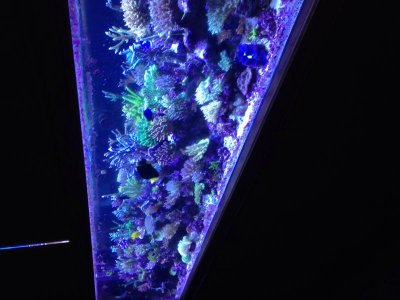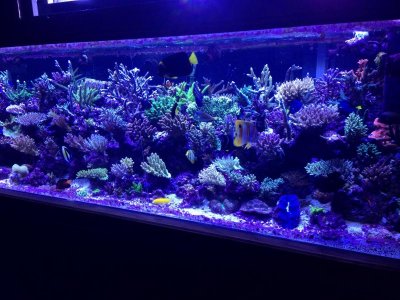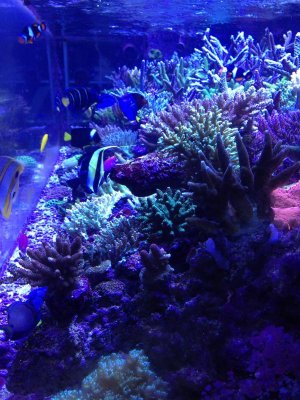good advice.
can you tell us more about your dipping practice ?
guessing inspection, dip in coralRX or the like, then glue the plug and the base ?
I know your comment was not directed at me, but below are my procedures.
Tools: (3) white or clear bowls, flash light, magnifying glass, timer, tweezers and turkey baster.
Formula: Bayer Advanced Complete Insect Killer Insecticide - dosage 10ml per 8 ounces of tank water. 10 - 12 minutes. Product can be purchased at Home Depot.
1. Prepare bowl #1 (Dipping solution at 10ml per 8 oz of tank water), bowl #2 (saltwater rinse), and bowl #3 (saltwater rinse).
2. Strongly recommend removing coral from frag plug as the plug may carry unwanted pests to include Aiptasia and bubble algae. Using magnifying glass, inspect coral for Acro Eating Flatworms (AEFW), AEFW eggs, and redbugs.
3. Place coral(s) in bowl #1 and start timer for 10 minutes, 12 minutes if you suspect corals are infected. DO NOT exceed 15 minutes. Sensitive smooth skin corals such as A. Enchinata DO NOT exceed 5 minutes.
4. Using turkey baster, agitate water in bowl #1, squirting water across the corals every couple minutes. Isopods, copepods, and other critters will begin to die and fall off the coral around 3 minutes. Use flashlight to view casualties on the bottom of the bowl. Use tweezers to move the coral if needed.
5. After 10 minutes, using tweezers remove corals and shake/rinse coral in bowl #2 and bowl #3. The purpose of bowls #2 and #3 are to remove residual Bayer dip from coral.
6. Coral is ready to be mounted and placed in the main display. When possible, I recommend quarantining corals for 21-30 days prior to moving to main display.
7. View the bowls to determine whether the corals were infected.
8. Discard contents of all three bowls. DO NOT pour into main display.
9. Take the responsibility of dipping all corals.
10. I added this line to complete the 10 step procedure. Enjoy.



